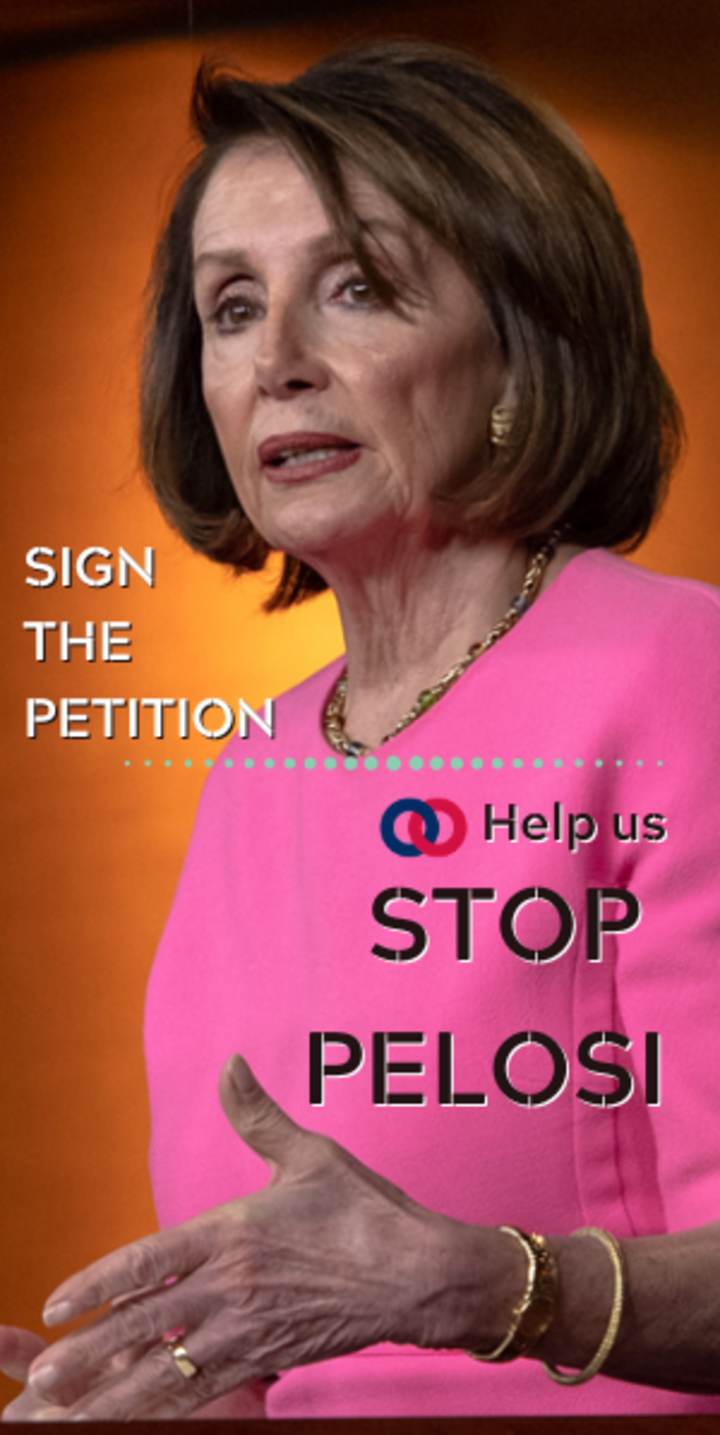In the Public Discourse today, Narrator Principal Brian Brown writes on the need for marriage advocates to discuss marriage in a way that appeals not only to reason, but also to emotion, intuition, and imagination.
Brown outlines Nathan Hitchen's document You’ve Been Framed: A New Primer for the Marriage Debate to suggests several methods of unifying marriage advocates "so that we can pursue a future in which we are no longer viewed as haters and bad guys."
Hitchen argues that to change aspirations, marriage advocates must understand five basic things:
- Emotion, which interacts with reason in people’s moral imaginations;
- Narratives, which shape people’s biases about pretty much everything;
- Stories, which make things relatable and personal in a way no courtroom argument does;
- Metaphors, which allow the mind to easily process and retain complex ideas; and
- Memes, which are easily replicable ideas that stick in people’s minds and slowly change perceptions.
Changing aspirational narratives is also partly done through metaphors. Research has consistently shown that audiences are more likely to remember and comprehend complex arguments through images. Marriage advocates, Hitchen suggests, should communicate truths about marriage and the common good through metaphors such as “marriage is our country’s social infrastructure.” Marriage isn’t just a religious institution or a majority-rules game for the same reason highways and harbors aren’t—men and women are the harbors from which children set sail (which is partly why some people in France and Britain who want homosexuals to be happy don’t favor gay marriage).
And finally, narratives are changed through memes. Hitchen says marriage advocates should compress their arguments into easily replicable ideas that can stick in people’s minds and slowly challenge prevailing assumptions. “Marriage equality” is the meme that is currently dominating the debate. Even disagreeing with it implicitly accepts its premise.
To beat such a “sticky” meme, marriage advocates would have to popularize a stickier meme (preferably stealing back a term the other side likes to use). For example, the meme “true marriage is more diverse” appeals to the distinct, complementary differences between mothering and fathering (instead of the “mono-gendered” structure of two men or two women). Or the meme “changing marriage creates inequality” could be attached to stories of the unequal emotional experiences of children raised in single-sex environments. For memes to work, they have to be on the leading edge of every pro-marriage argument, all the time. -Public Discourse






